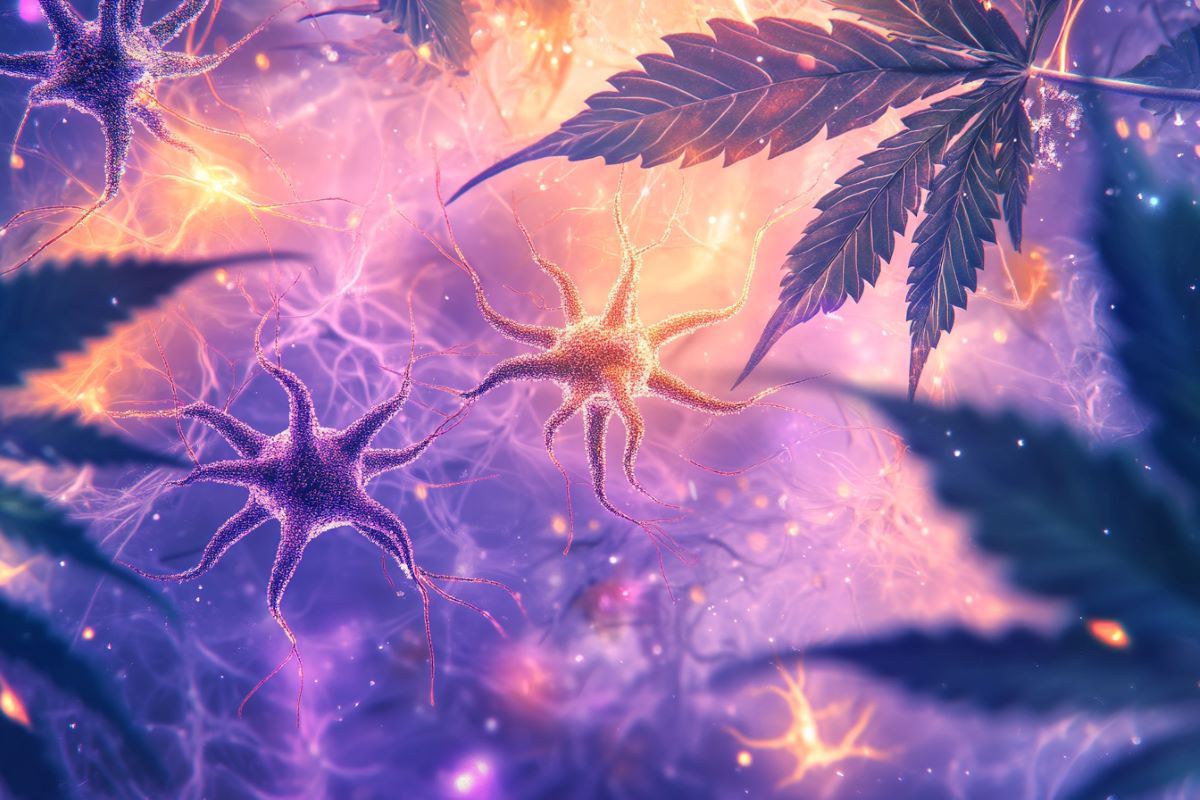Unlocking Astrocyte Secrets: How Cannabis Alters Brain Plasticity
The Role of Astrocytes in Brain Development
Astrocytes, star-shaped glial cells in the brain, have long been overshadowed by neurons in neuroscience research. However, recent studies highlight their pivotal role in brain development and plasticity. Unlike neurons, astrocytes manage the brain's environment, ensuring homeostasis and supporting neuronal function and repair.

Interaction Between Cannabis and Brain Cells
Understanding CB1 Receptors
The Cannabinoid receptor type 1, or CB1, is one of the key receptors in the endocannabinoid system, predominantly found in the brain and central nervous system. Traditionally, these receptors were linked to neuronal interactions. However, new findings indicate that CB1 receptors on astrocytes also play a crucial part in modulating brain activity.
"The brain is the most powerful organ in the body. It can create miracles and fantasies, heal the sick and revive the dead. The only thing it can't do, is to think without you." – Toni Sorenson
Research Innovations: Mouse Model Studies
Utilizing a mouse model, scientists have selectively removed CB1 receptors from astrocytes. This manipulation provided insights into how cannabis affects brain development, unveiling the lesser-known pathways of influence that could significantly alter how we approach brain health and cannabis consumption, especially in adolescents.
Implications for Future Research and Policy
The new understanding of cannabis interaction with astrocytes rather than solely neurons may drive significant shifts in both scientific research and public policy regarding cannabis use. Potential areas of exploration include:
- The implications of early cannabis exposure on adolescent brain development.
- Possible therapeutic uses of cannabis in neuroplasticity and regenerative medicine.
- Reforming legal thresholds for cannabis use in young individuals.
For more in-depth reading, consider exploring this neuroscience research paper, which details similar studies in animal models.
Explore and Engage
As science continues to unravel the complexities of the brain and substances like cannabis, it's crucial for enthusiasts and professionals alike to stay informed. Follow leaders in the field, such as Dr. Nora Volkow, the Director of the National Institute on Drug Abuse, on Twitter for the latest updates.
Don't miss out on our popular post on how cannabis may revolutionize psychiatry, which has sparked valuable discussions among the community.
